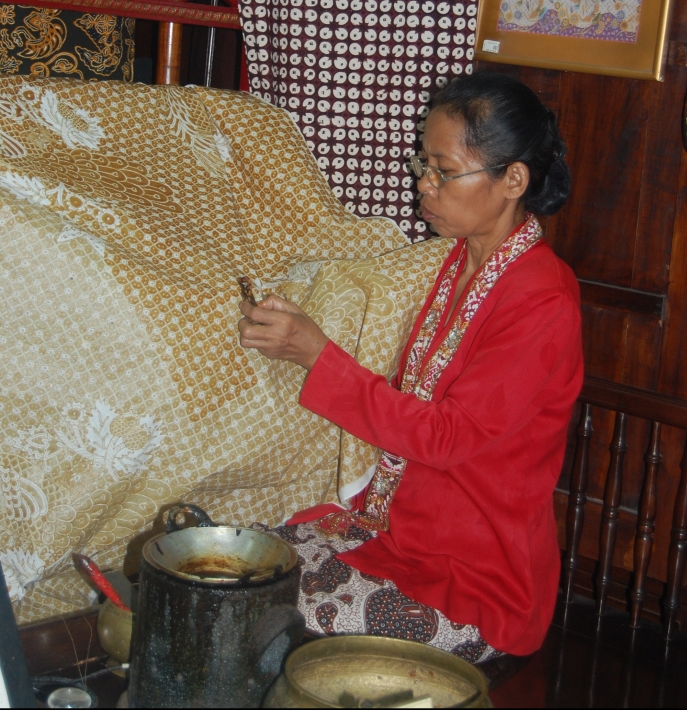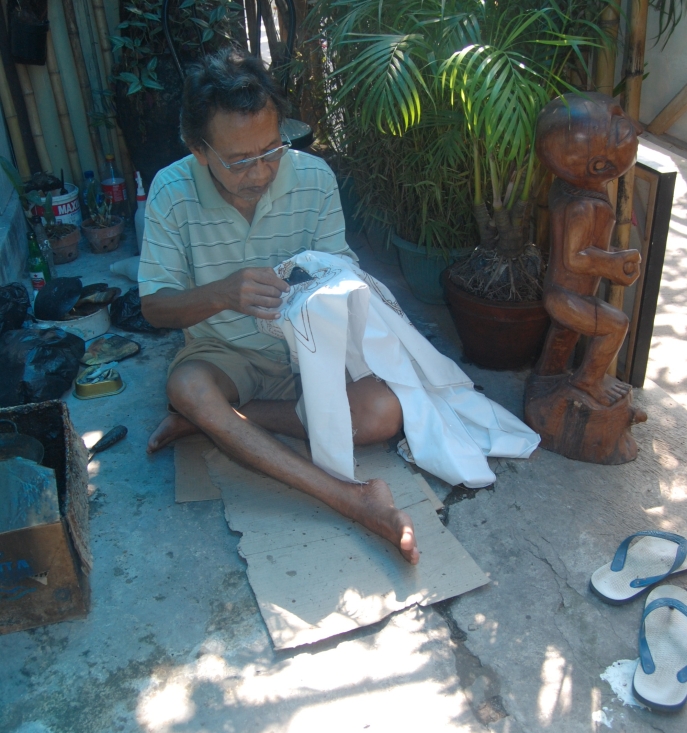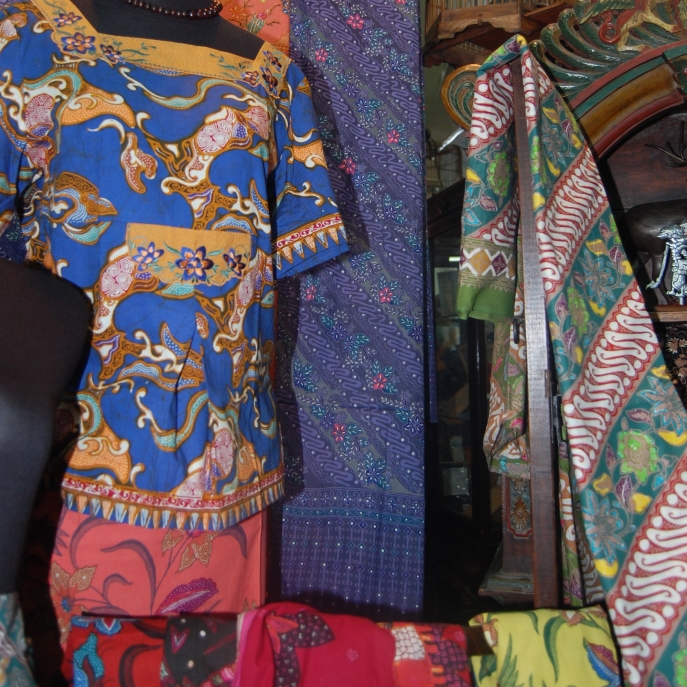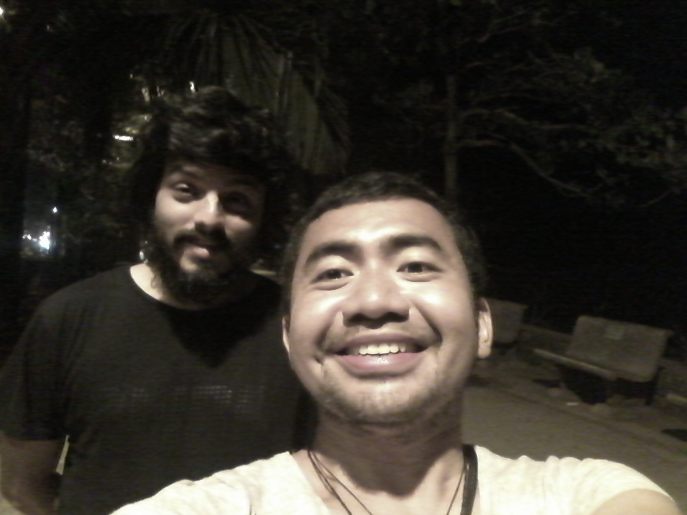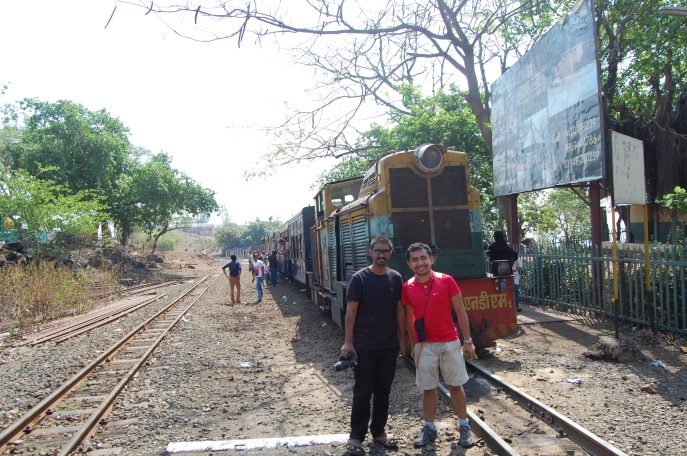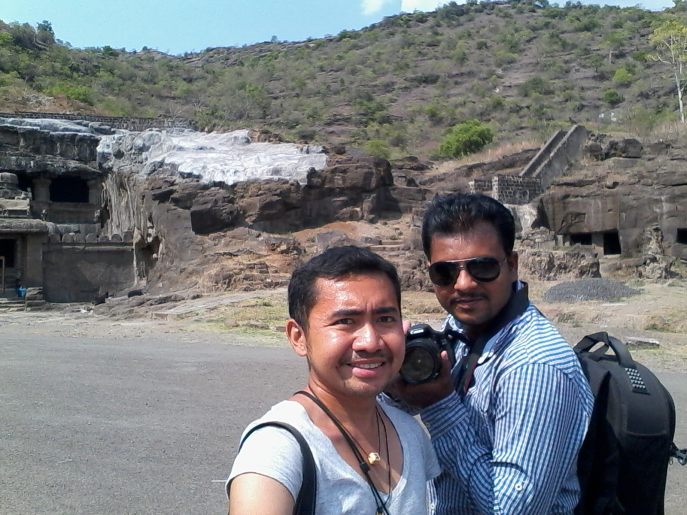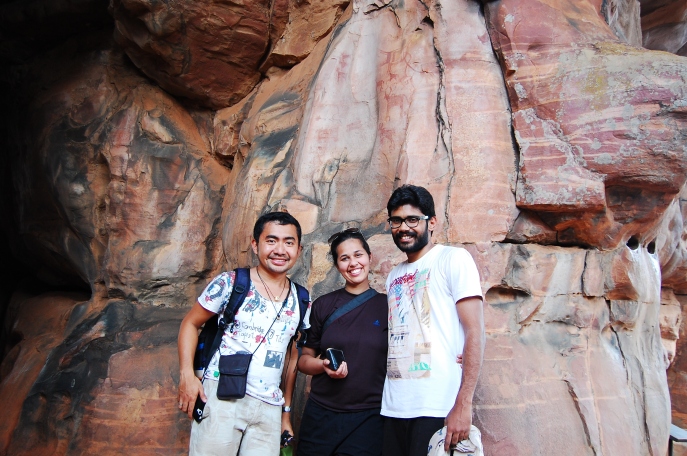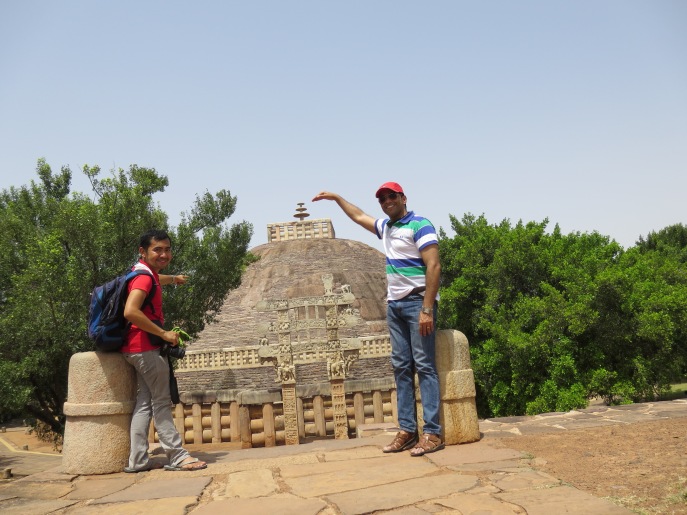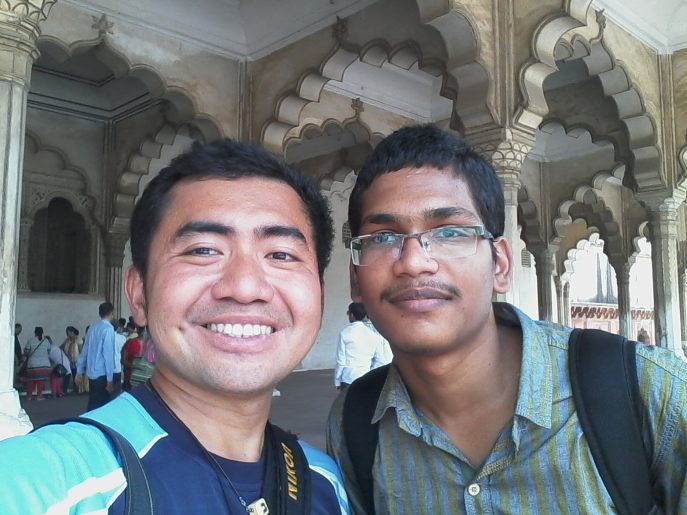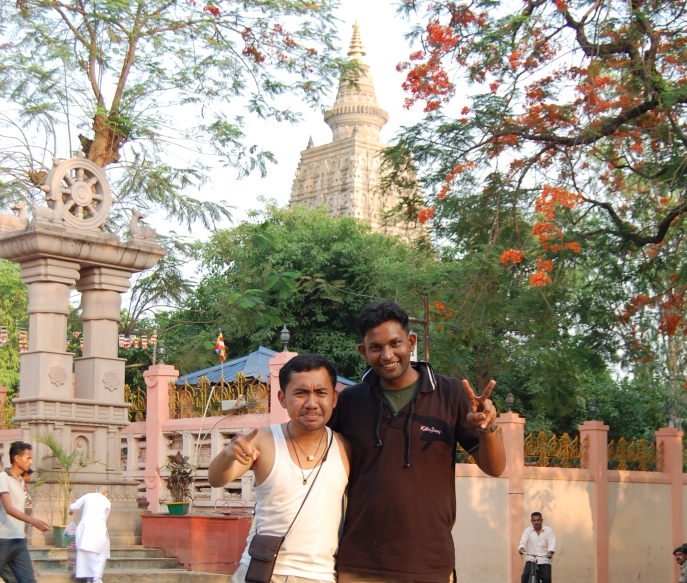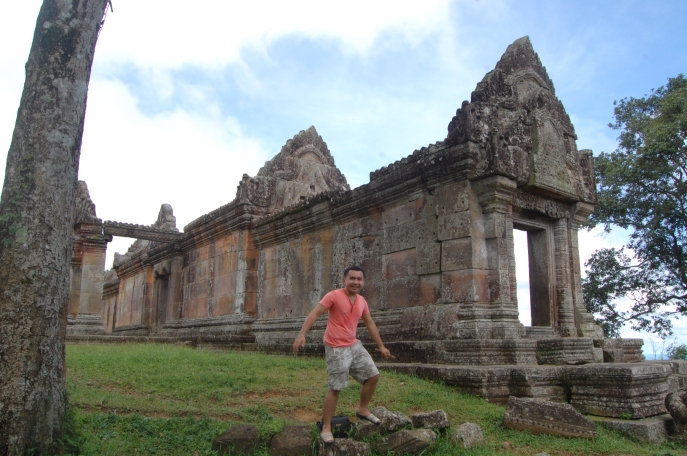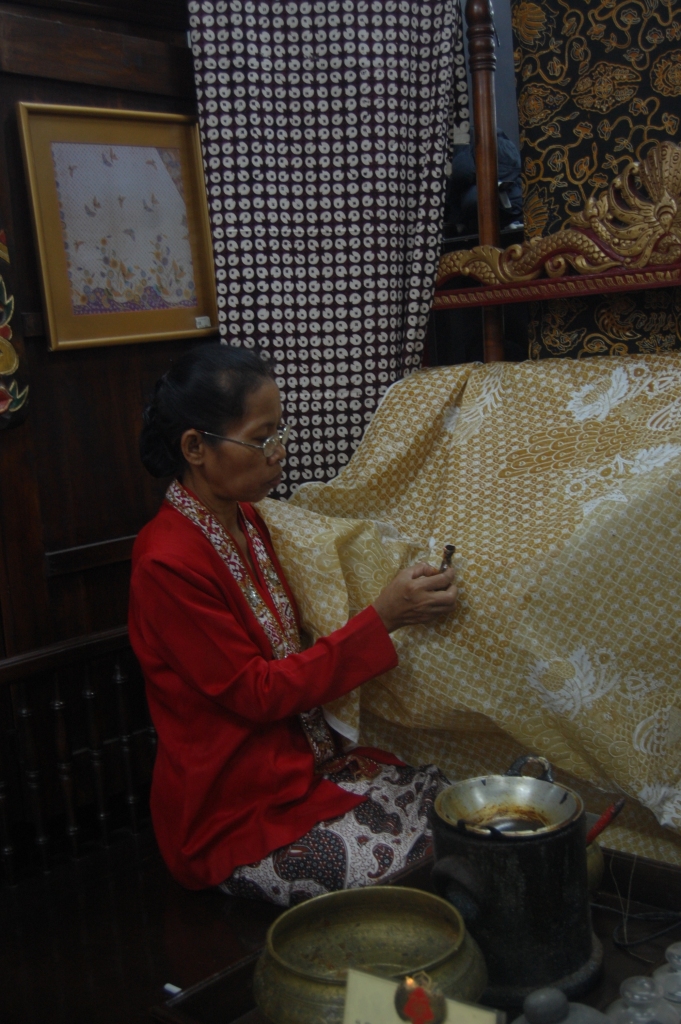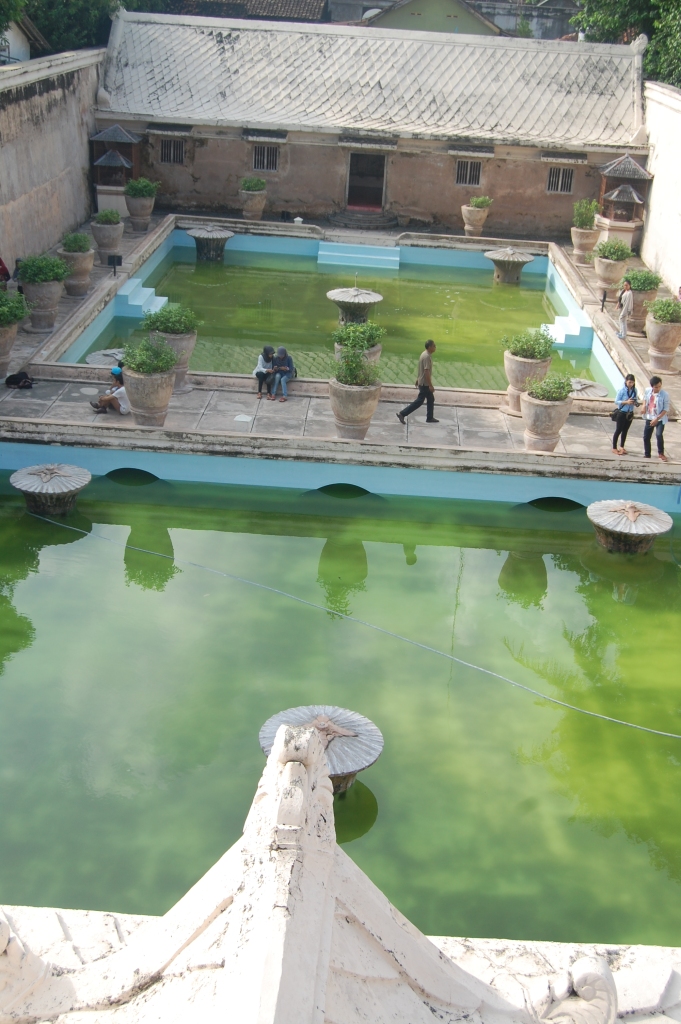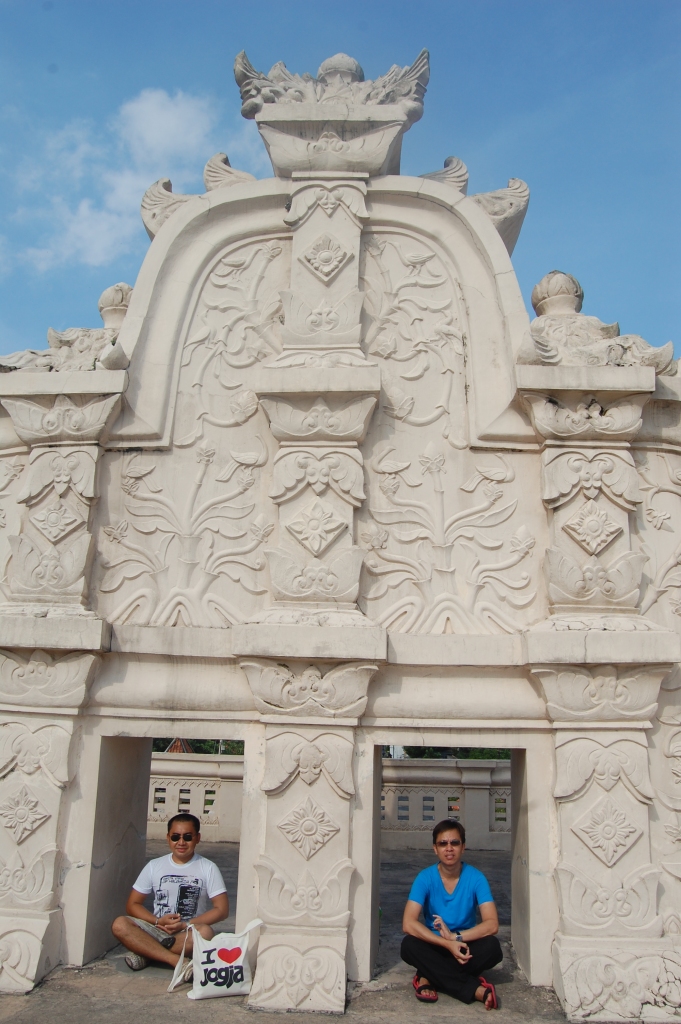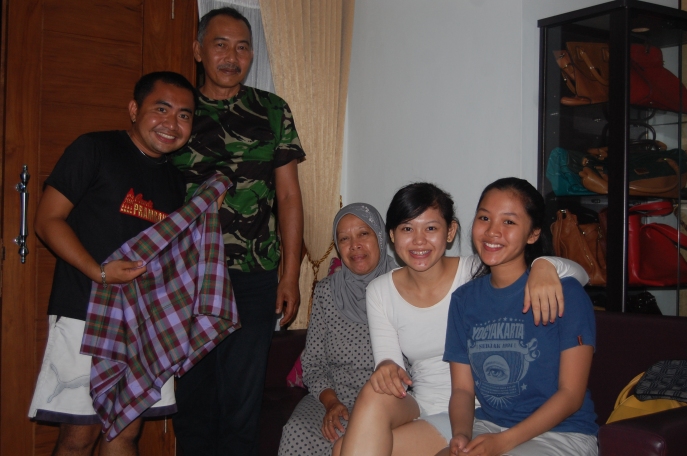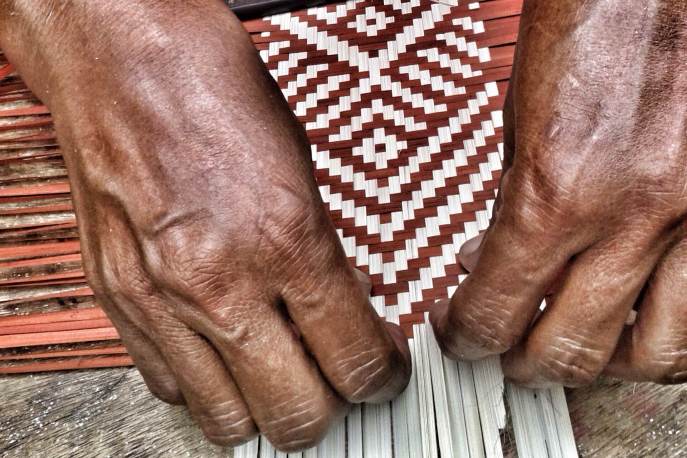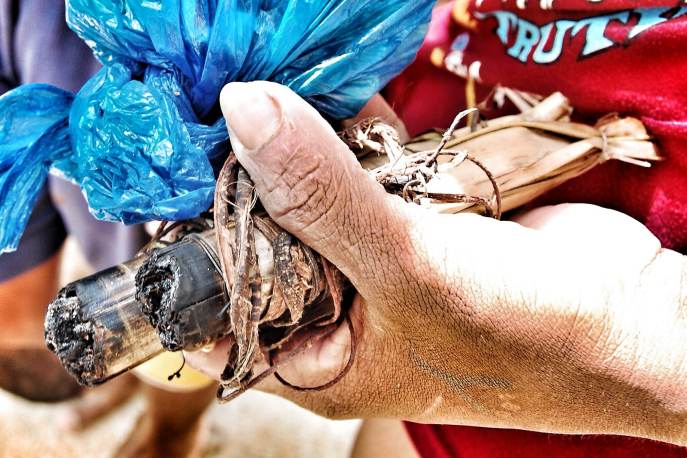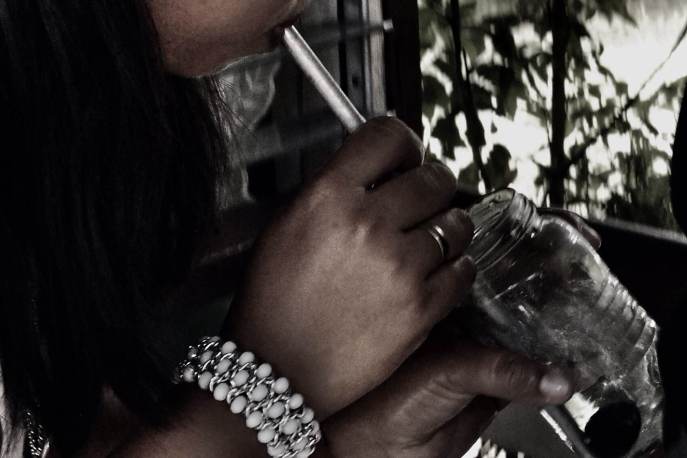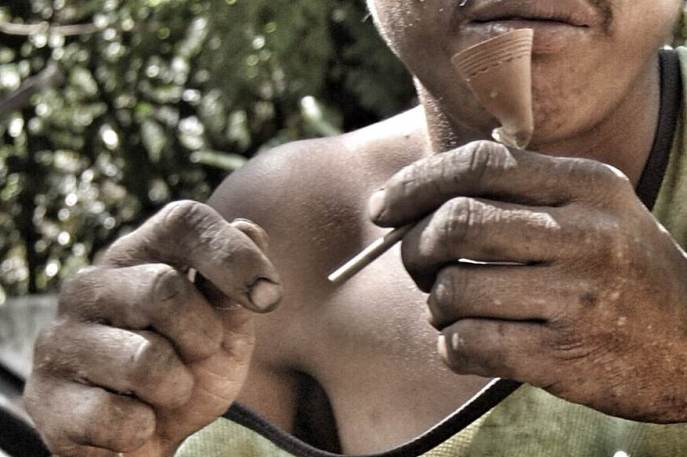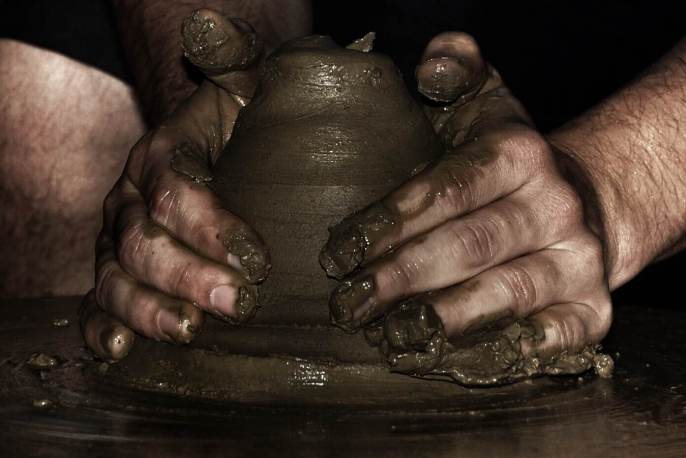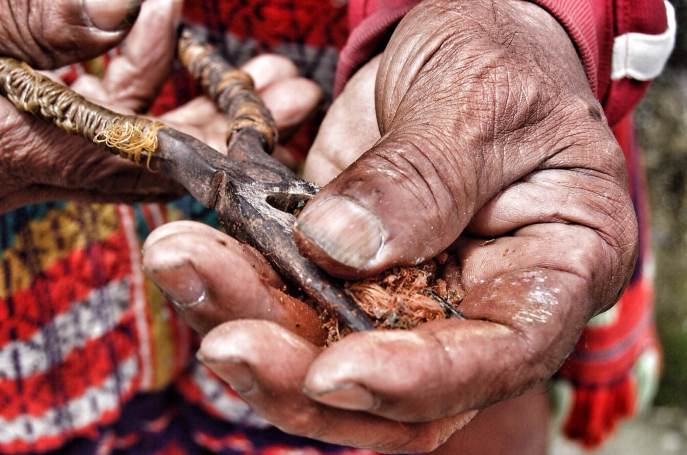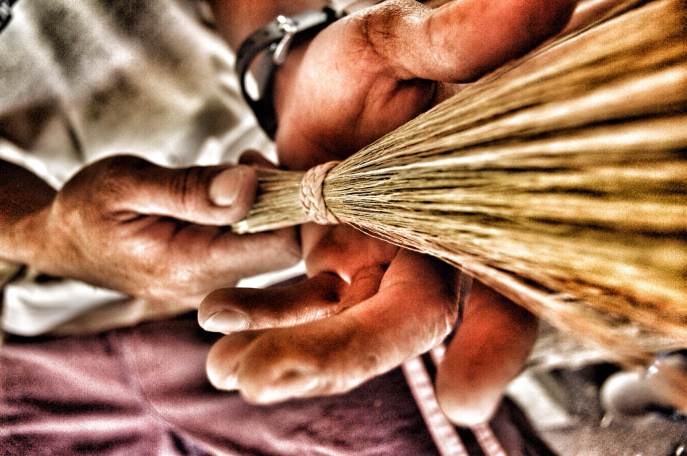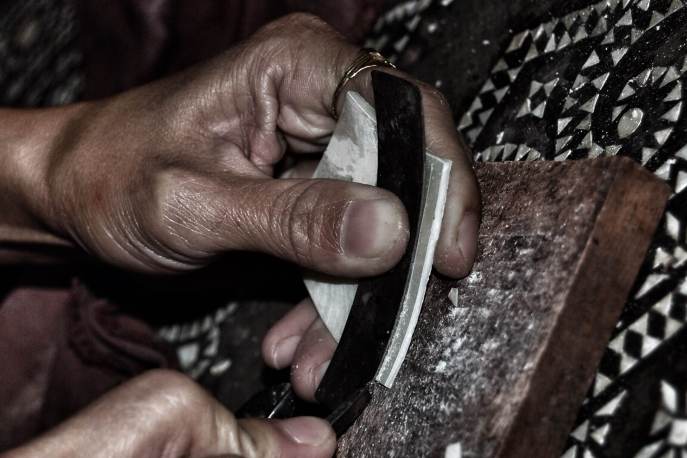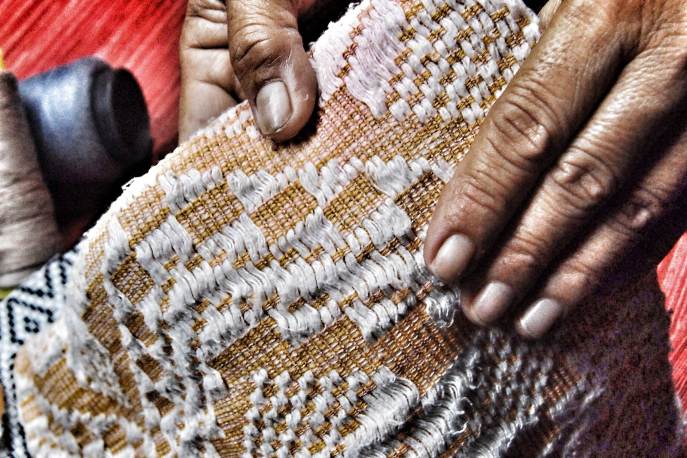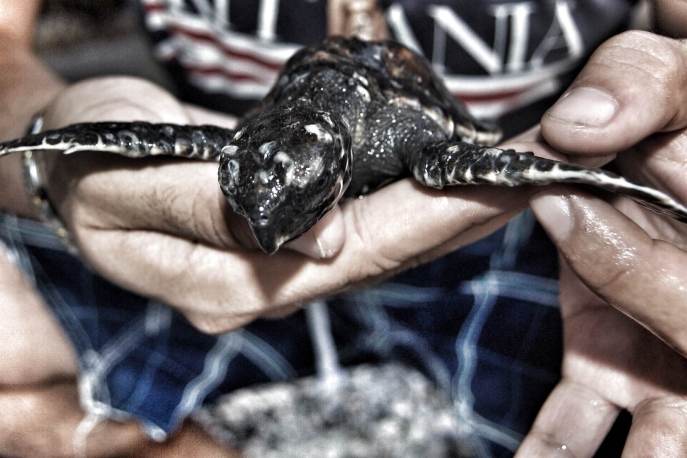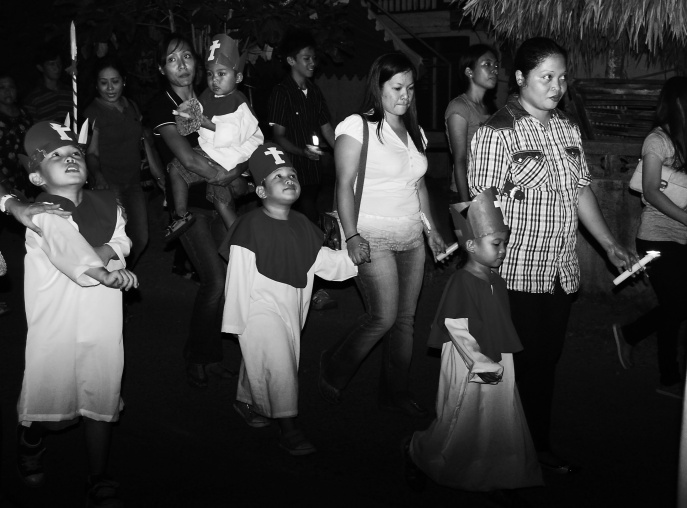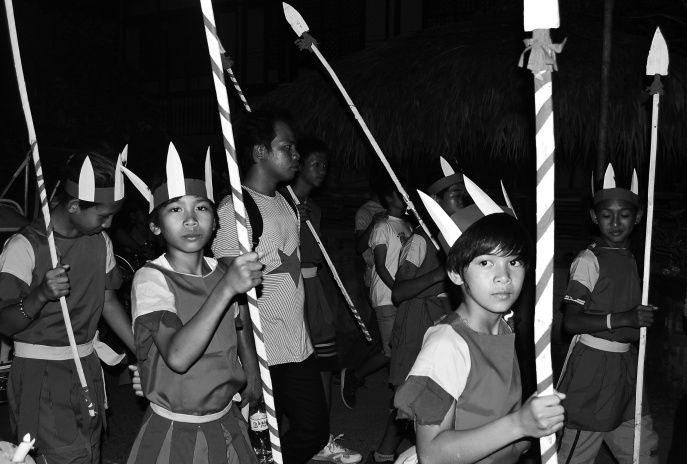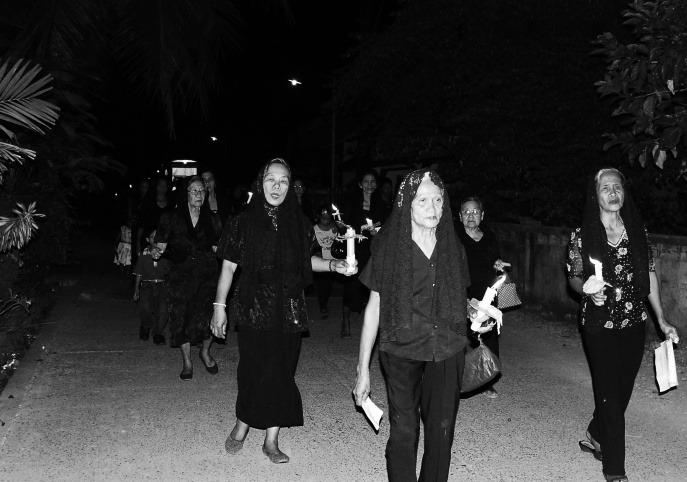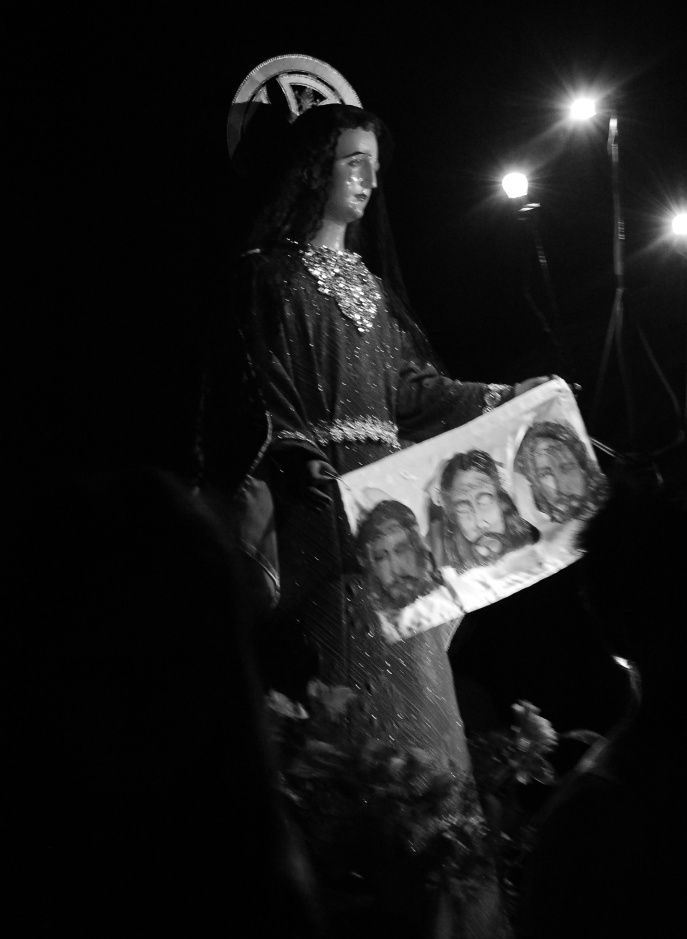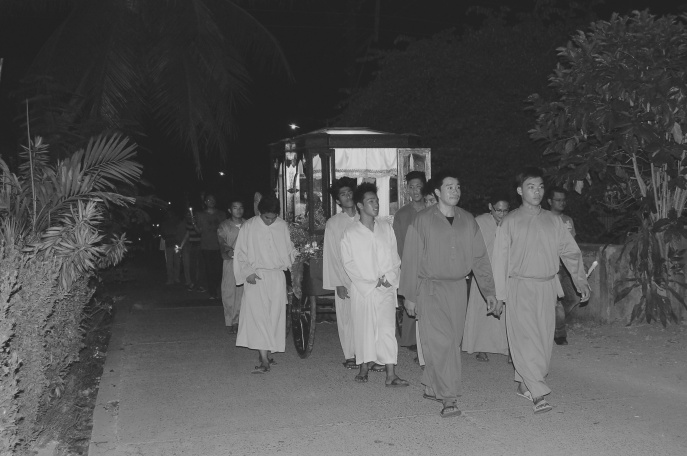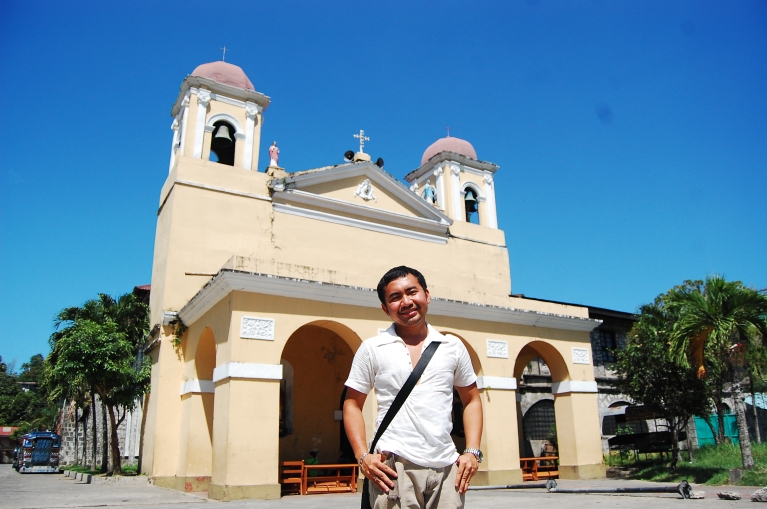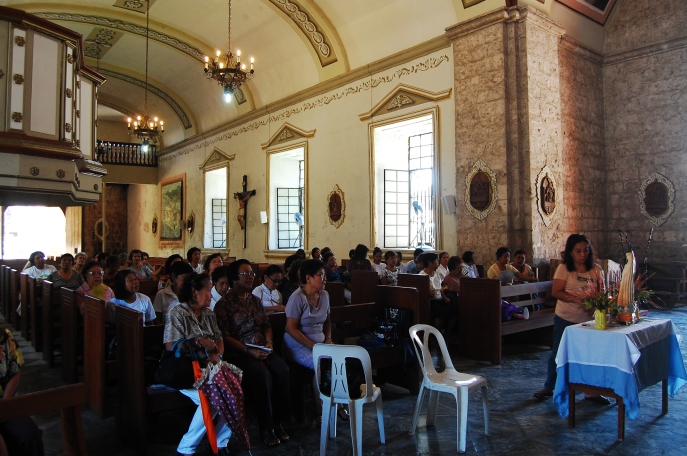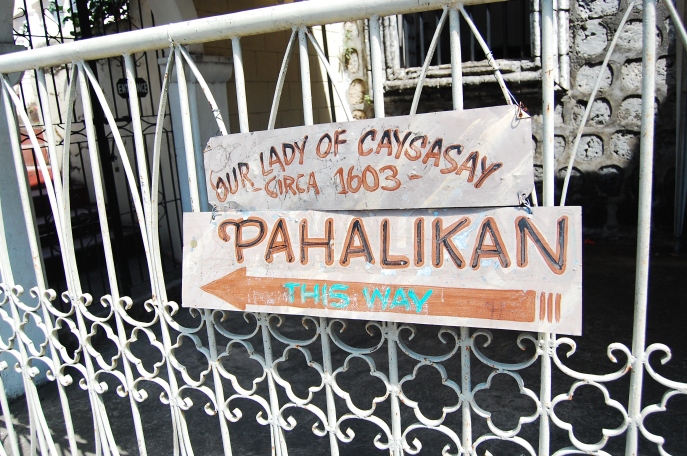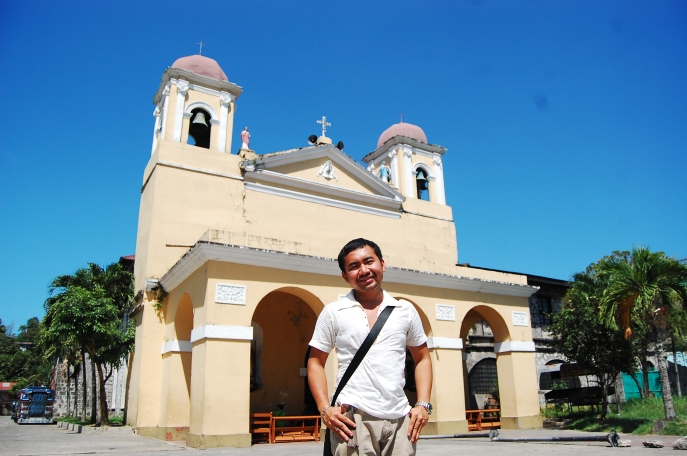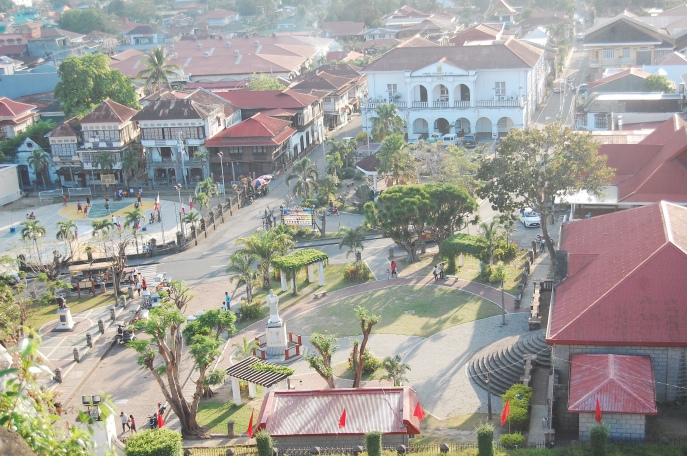Since there is not much noise being made about George Town while unanimous praises are given to Melaka (Malacca), I was surprised to find out that the former component-city would be the highlight of Malaysia’s first UNESCO cultural world heritage site that was inscribed in 2008. The character of George Town is definitely more presentable.
Melaka has a rich cultural and trading history, and the role it once played in regional commerce cannot be underestimated. Its current condition, however, does not live up to its glorious past anymore. Without knowing its history, the city simply looks like any other Chinese-Malay trading town.

Its history dates back to the well-networked and influential Malaccan sultanate, and later gained greater worldwide interest when it was occupied by the Portuguese and the Dutch successively. Though Melaka was never made as a capital of the Dutch East Indies (VOC), it served as the most important Dutch-controlled port-town between India and Batavia (present day Jakarta), monopolizing the trade movements over the narrow Straits of Malacca. Melaka was such a strong city then that it even rivaled the might and wealth of Ayutthaya in Thailand, yet it fell with the rise of the British control over the peninsula.

This ancient city’s important monuments can be easily explored in a day, on foot. I started off in the residential/commercial district of the core zone, just across the bridge over the Melaka River. From how I recall, nothing really stood out in that area, and its main thoroughfare Jonker Street (popularly pronounced nowadays as /djongker/ despite its original Dutch pronunciation /Yongker/) was a bit sober and empty during my visit as it was post-election time; most shops were closed in protest against the recent results. The spirit of Jonker Street, nevertheless, went to life when I visited some of the shop houses, learning some few things from store-keepers about the items that they sell. Only then can one feel that he is truly in a multi-cultural trading town.

The Street of Harmony, situated parallel to Jonker Street, is nice, but its religious monuments are not as spectacular compared to those of George Town. The urban planning concept of putting houses of worships along one lane is one of the unique features of the two historic cities.

The Dutch Square, also called Red Square, is small but very recognizable. While it is indeed picturesque, there is not much that the plaza has to offer other than four monuments: the Dutch Stadthuys and Christ Church, Tan Beng Swee Clock Tower, and the British Queen Victoria Fountain. The red color of the city is often seen as impressive, but I’m not quite sure if I share the same assessment. After all, the old historic Dutch buildings were originally painted white.
The better exponent of Melaka where one can feel its colonial past more would be the A’ Famosa – St. Paul’s Hill area. Inside St. Paul’s ruins, there are numerous 16th to 17th century Dutch gravestones on display. This site was also the first resting place of the mortal remains of St. Francis Xavier before it was transferred to Goa in India. It is said that during the canonization of the saint, the Vatican asked for his right hand as a relic for its safekeeping. Interestingly, the statue of St. Francis Xavier in front of the ruins is missing its right hand! Apparently, a branch of the tree fell over and broke it.

The St. Paul ruins also offers a commanding view of the city and the straits. Other interesting monuments in Melaka would be the watermill along the river, just beside the ruins of the old Portuguese and Dutch ramparts, and the small windmill near the Dutch Square.

George Town, on the other hand, was a real surprise. Historically, this British-era city rose to prominence with the decline and demise of Melaka. Without expecting much, I originally planned to stay there just for a night. But, seeing how lovely the place was, I ended up staying for three days. I enjoyed going around the city on a bike. Aside from surveying the main sites, there are other things to do here like checking out the street arts (which became a big craze after a Lithuanian artist did some wonderful works in the city), as well as treating oneself with the famous Penang dishes like Penang laksa and char kway cheow.

There are more monuments in George Town, and they are more grand, colorful, and definitely better maintained than those in Melaka. Key British legacies include the impressive Georgian-inspired City and Town Halls, the bit worn-out and empty Fort Cornwallis, the two mid-sized churches, and the colonial-era buildings along Lebuh Pantai, the old business lane of the city. By seeing some old photos of George Town, I was surprised to learn that there were more British colonial buildings that stood there before, creating a real “Little Europe” atmosphere during its heyday.

George Town was intended to be the successor to Melaka’s trade hegemony, as well as the crowning glory of the British empire’s might and supremacy in Southeast Asia. In comparison to Melaka, the historic centre of George Town is larger and that there are more shop houses around.

Furthermore, I enjoyed the city a lot as local colours are much vibrant there. Its Little India, for example, is one of the better Indian quarters I’ve seen so far in the region; Muslim communities (Southern Indians and Malays alike) are largely concentrated around George Town’s three mosques; and the Chinese clan temples are richly decorated. In experiencing the straits Chinese-Malay culture, the Pinang Peranakan Mansion in George Town appears to be better than the Baba Nyonya Museum in Melaka. Also, George Town’s Teochew Temple and Cheong Fatt Tze Mansion have been conferred by UNESCO Asia-Pacific with the Best in Heritage Conservation Awards as well.

Melaka is one reminder of Asia’s close contact with the Portuguese and the Dutch; George Town, with the British. Key to a better appreciation of these sites is to see each city holistically and to understand the diversity and cultural uniqueness that each has to offer.
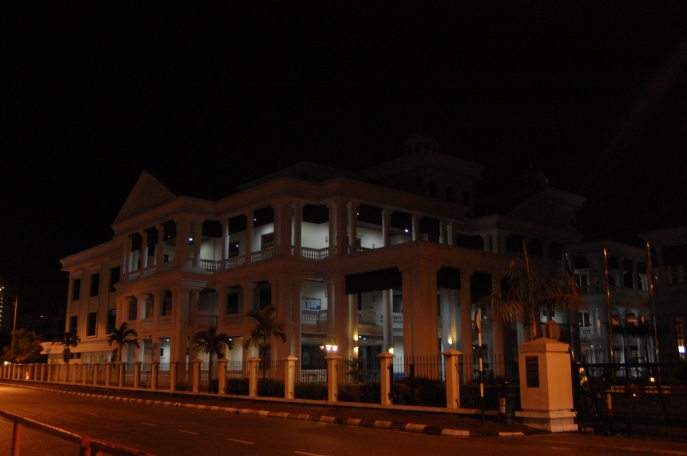
As with any South and Southeast Asian trading town such as Vigan, Hoi An, Macao and Galle, the biggest threats at present to the two cities are urban developmental pressures. Buffer zones are obviously weak in some areas. The waterfront face-lifting of the Melaka River and the intrusive development plan in the historic enclave of George Town have been frowned upon by the World Monuments Fund and other international organizations.

PS. Is it possible to have Singapore inscribed, too? Trade control in the Straits of Malacca started in Melaka, then transferred to George Town, and eventually ended in Singapore. It would be nice to see Singapore alongside the two inscribed sites in representing the complete trading history along the straits. The difficulty with Singapore, however, is that much of its old district landscape has already been altered, modernized and compromised.
** Visited George Town and Malacca in May 2013
